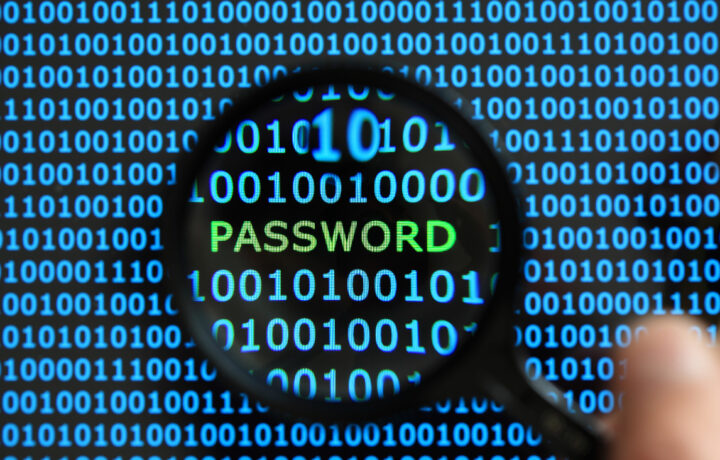If you have been watching the news over the last several weeks, you may have noticed that cybersecurity breaches are becoming more and more frequent. With AI, hackers can up their nefarious game in a variety of ways. One way that hackers are gaining entrance to network systems is through Multi-Factor Authentication or MFA.
Multi-Factor Identification
When Multi-Factor Authentication first came out, it was being hailed as a holy grail of cyber security and a way to prove online that you are who you say you are. Not only did a user have to sign on with their user ID and password, but also with a second set of credentials usually in the form of a code that was sent to your email address or via a text message to your phone number. And it worked … for a while.
But like most other cybersecurity methods, once the masses started using MFA, and hackers saw it worth their time and energy to find ways around it, it became less secure. Using it can buy some time of protection while other cybersecurity options are being developed and explored.
The Complexity of Digital Identity
When digital identity first came out, it tied a digital identifier to a particular person – usually a user ID and password and a particular set of privileges as to what that person could do while on that site. When signed in on a particular platform, they knew it was you. Then hackers started compromising user IDs and passwords to the point that it was no longer a valid way to identify you as the actual person signing onto that platform.
The other issue of today is that a person may have multiple digital identities. You might have a couple of personal email addresses, a company email address and other online presences like various social media accounts. So depending on the situation, at times you may be a person using your personal email.; other times you are an employee using your company-provided email address. With customer, workforce, contractor, vendor and third or fourth-party identities, one person could have several digital identities. And with each identity comes a different set of privileges. With one identity, you might be a subscriber; in others a user; or you might be an administrator on another site – for instance your own website.
And to make it easy to remember the multitude of user ids and passwords, many of us use the same or similar ones, making it easy for hackers to find a way into our accounts. A way around this was supposed to be MFA. But now that is no longer 100% secure either.
4 Strategies to Protect Your Digital Identity
Implementing these four ways can help protect your digital identities.
1. Increase Your Identity Visibility
This is nothing more than organizing and centralizing all your digital identities through cross-platforming as a way to create a baseline for other defensive measures. By having all the different identities you possess identified to you, it is easier to track suspicious behavior and potential intrusion. There are apps and programs that can help set this up.
2. Implement a Credential Authentication System
Since phishing attacks on email accounts is one of the primary ways hackers gain access, implementing a public-private key credential authentication system such as WebAuthn as one way to prevent phishing. A person trying to gain access to a network must have both keys to access a system. Being the keys are separate, having one, but not the other increases digital identity security.
3. Implement Techniques to Detect Suspicious Activity
There are machine learning and artificial intelligence algorithms that can detect suspicious behavior along with logic detection systems that can check for known-attack techniques. Of course, these have to be kept updated, as hackers come up with new attack techniques. But these two things can go a long way into protecting digital identities from intrusion.
4. Update and Improve
As hackers get more and more sophisticated with their attack techniques, so must our defenses against them. Therefore, it is important to keep digital identity protection systems updated and continually work on improving threat detection and authentication practices as new and improved systems are developed and released.
No longer can we be complacent in our digital identity protection because as many have found out, once your digital identity is compromised, not only is it difficult to get your identity back, but frustrating, time consuming (and can be expensive) dealing with the fallout from a compromise and trying to recover from it. Give protecting your digital identities the due diligence it deserves! You won’t be sorry you did.



